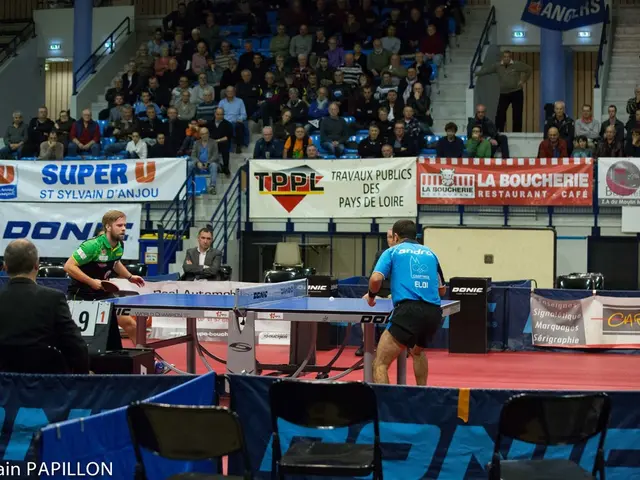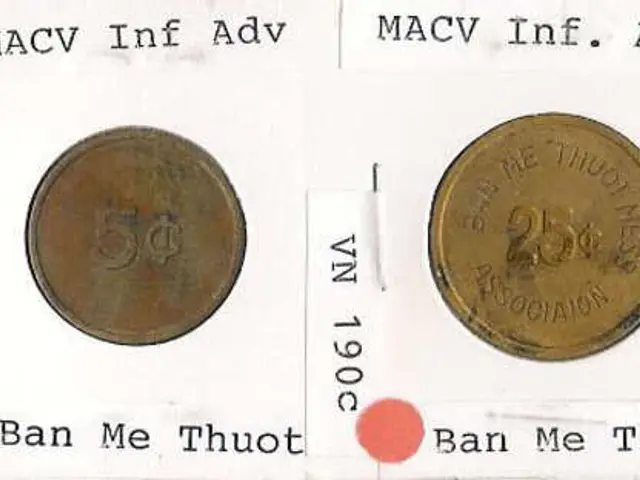Python's Pygame Capable of 3D VR, XR, and AR Game Development too?
In the realm of game development, Pygame has long been a popular choice for beginners due to its simplicity and versatility. However, when it comes to Virtual Reality (VR), Augmented Reality (AR), and Extended Reality (XR) applications, Pygame may not be the best option.
Pygame, a lightweight Python library, excels in 2D game development. It provides a solid foundation for learning game loops, event handling, and collision detection. But, its limitations in 3D graphics, performance, and VR integration make it less suitable for VR, AR, or XR development.
While Pygame can render 3D graphics inside a Pygame window when combined with OpenGL (via PyOpenGL), it lacks the advanced physics, performance optimization, and VR integration found in modern engines like Unity or Unreal. These engines are designed to handle the demanding requirements of VR and AR, such as high-performance 3D rendering, real-time sensor integration, HMD support, spatial audio, and physics simulation.
For developers seeking a better alternative, there are several options. Panda3D, a Python-friendly game engine with full 3D support, is one such choice. Godot, with Python support via GDNative or plugins, is another lightweight engine that offers VR/AR plugins. Unity/Unreal, while primarily using C#/C++ for core scripting, also allow for Python extensions.
Unreal Engine can be accessed via Unreal.py, and both Unity and Unreal provide direct access to OpenXR via Python bindings, enabling developers to directly interact with VR/AR hardware APIs.
It's worth noting that Pygame does have its place. Developers can prototype mechanics in 2D using Pygame before moving to a 3D engine. This can help in understanding the game mechanics before diving into the complexities of 3D engines.
In conclusion, while Pygame is a valuable tool for learning the basics of game development, for VR, AR, or XR applications, it's better to explore Panda3D, Godot, or Unity/Unreal. These engines offer the advanced features necessary for creating immersive VR/AR experiences, including stereoscopic rendering, head tracking, AR camera overlays, and HMD support like Oculus or HTC Vive.
Read also:
- Peptide YY (PYY): Exploring its Role in Appetite Suppression, Intestinal Health, and Cognitive Links
- Toddler Health: Rotavirus Signs, Origins, and Potential Complications
- Digestive issues and heart discomfort: Root causes and associated health conditions
- House Infernos: Deadly Hazards Surpassing the Flames








